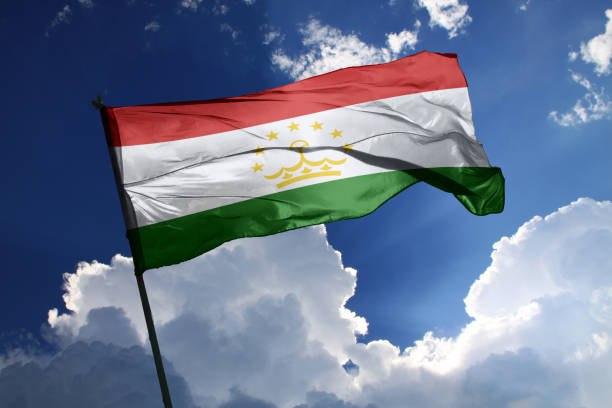Our Terms & Conditions | Our Privacy Policy
World Bank Warns of Slowing Tajikistan Economy
Tajikistan’s economic growth may slow in the coming years due to mounting foreign policy and regional risks, according to a new report from the World Bank.
Vulnerability to External Shocks
The report highlights several external vulnerabilities that could impact Tajikistan’s economy. These include shifts in Russia’s migration policies, heightened global instability, and ongoing armed conflicts.
“Tighter migration policies and restrictions on Tajik workers in Russia threaten to significantly reduce remittance flows, leading to lower economic growth, increased poverty, and worsening fiscal and external balances,” the World Bank stated.
Growing global protectionism is also expected to raise Tajikistan’s foreign trade costs. The report notes that recent U.S. tariff increases on imports from several of Dushanbe’s key trading partners have triggered retaliatory measures from countries like China. These developments could drive up import costs and intensify logistical pressures.
Additionally, volatility in global commodity prices is expected to impact Tajik exports. While falling oil and raw material prices could reduce export earnings, especially for aluminum, zinc, and ores, high global gold prices in 2025 may provide a partial offset through increased revenues.
Impact of Regional Conflicts
The World Bank also warns that ongoing conflicts in Ukraine and the Middle East could further disrupt global supply chains, raising energy and logistics costs. These challenges would translate into higher import prices for Tajikistan.
Conversely, the report suggests that a potential easing of sanctions and normalization of relations between the U.S. and Russia could destabilize Central Asian economies. However, the implications of such a shift remain uncertain and difficult to forecast.
Medium-Term Outlook
Despite these headwinds, the World Bank expects Tajikistan’s economy to remain stable, albeit with a decelerating growth trajectory:
- 8.4% in 2024
- 7.0% in 2025
- 4.9% in 2026
- 4.7% in 2027
The projected slowdown is gradual and not expected to result in a recession.
Similar concerns have been echoed by other institutions. The Asian Development Bank and the Eurasian Fund for Stabilization and Development have also forecast a gradual slowdown in Tajikistan’s economic growth over the medium term.
Images are for reference only.Images and contents gathered automatic from google or 3rd party sources.All rights on the images and contents are with their legal original owners.



Comments are closed.